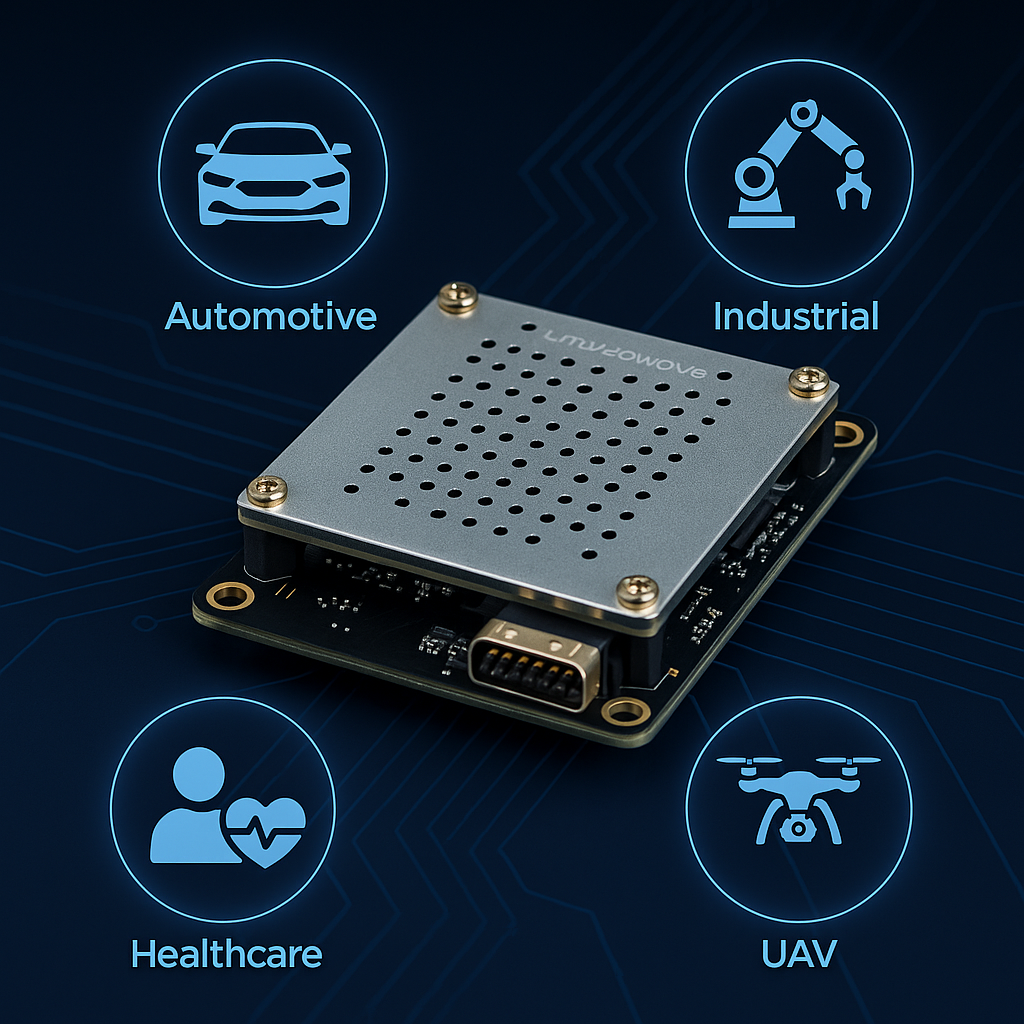
Maximizing Performance: Practical Tips for Radar Applications and Interface Selection
Radar technology is no longer confined to defense or weather monitoring—it’s now an essential part of automotive safety, industrial automation, healthcare monitoring, and UAV navigation. To fully leverage its capabilities, it’s important to follow proven radar application tips, understand radar interface types, and choose hardware like Linpowave Radar that adapts seamlessly to your project.
Practical Radar Application Tips for Better Results
Getting the most out of radar technology requires more than installing a sensor. These key practices help ensure accurate, reliable results:
-
Match radar range to the environment
-
Short-range radars excel in indoor safety monitoring or parking assist.
-
Long-range modules are better suited for autonomous driving or aerial mapping.
-
-
Consider installation angle and height
-
Mount radars at optimal angles to avoid blind spots and minimize ground reflections.
-
-
Use sensor fusion where possible
-
Combine radar with cameras or LiDAR for improved accuracy and redundancy in critical systems.
-
-
Account for environmental factors
-
Even though mmWave radar works in rain and fog, reflective surfaces and interference sources should be considered during placement.
-
-
Optimize signal processing parameters
-
Use filtering, range gating, and Doppler processing to tailor performance for specific applications.
-
Understanding Radar Interface Types
Radar sensors must communicate effectively with other system components, and the right radar interface type depends on your application requirements:
| Interface Type | Best For | Key Advantages |
|---|---|---|
| CAN | Automotive networks | Robust, widely supported, low error rate |
| Ethernet | Industrial automation, high data load | High bandwidth, long-distance capability |
| UART | Prototyping, embedded systems | Simple, cost-effective, easy integration |
| SPI | High-speed onboard communication | Low latency, direct MCU connection |
| I²C | Low-speed peripheral communication | Lightweight, good for multiple small sensors |
Choosing the right interface ensures data is transmitted reliably and without unnecessary latency.
How Linpowave Radar Delivers Adaptable Solutions
Linpowave Radar products are engineered to meet diverse industry needs. Every module is:
-
Interface-flexible, supporting CAN, Ethernet, UART, SPI, and I²C for easy integration
-
Industry-ready, tested for automotive, healthcare, industrial, and UAV environments
-
Customizable, with configurable detection range, field of view, and output format
-
Fusion-ready, allowing seamless integration with vision, LiDAR, or IoT systems
This adaptability means the same core technology can be deployed in a hospital room for fall detection, on a drone for obstacle avoidance, or in a factory for worker safety monitoring.
Example Applications Across Industries
-
Automotive: Adaptive cruise control, blind spot detection, collision avoidance
-
Industrial: Robot safety zones, conveyor object detection, predictive maintenance
-
Healthcare: Vital sign monitoring, patient presence sensing, privacy-protected fall detection
-
UAV: Terrain mapping, navigation in low-visibility conditions, landing assistance
-
Sports & Recreation: Golf ball tracking for performance analysis and trajectory visualization, even in low-light or complex weather conditions
Building Reliable Radar-Based Systems
A successful radar deployment balances sensor performance, interface compatibility, and application-specific optimization. By following proven radar application tips, choosing the right interface type, and leveraging versatile solutions like Linpowave Radar, businesses can achieve higher reliability, lower integration costs, and faster time-to-market.
To learn more about Linpowave Radar products, interface options, and tailored application support, visit our homepage or contact us for expert guidance.



